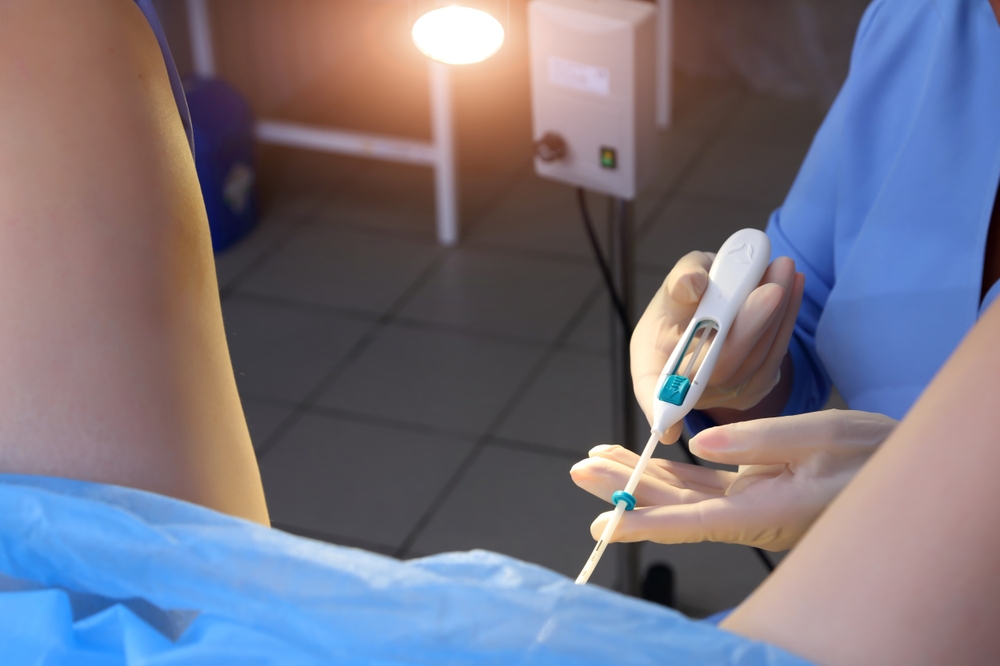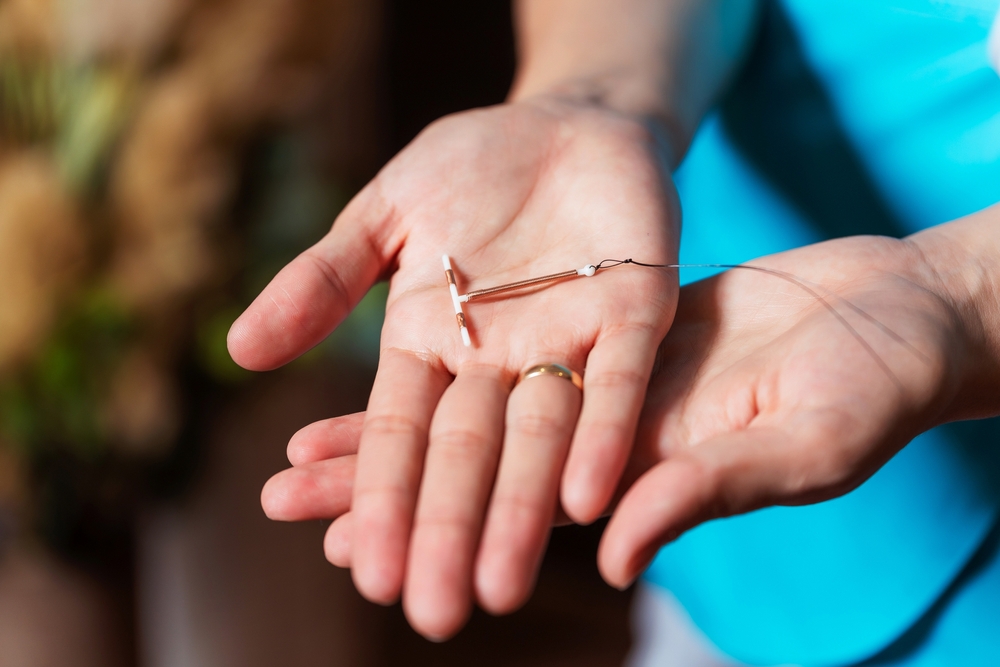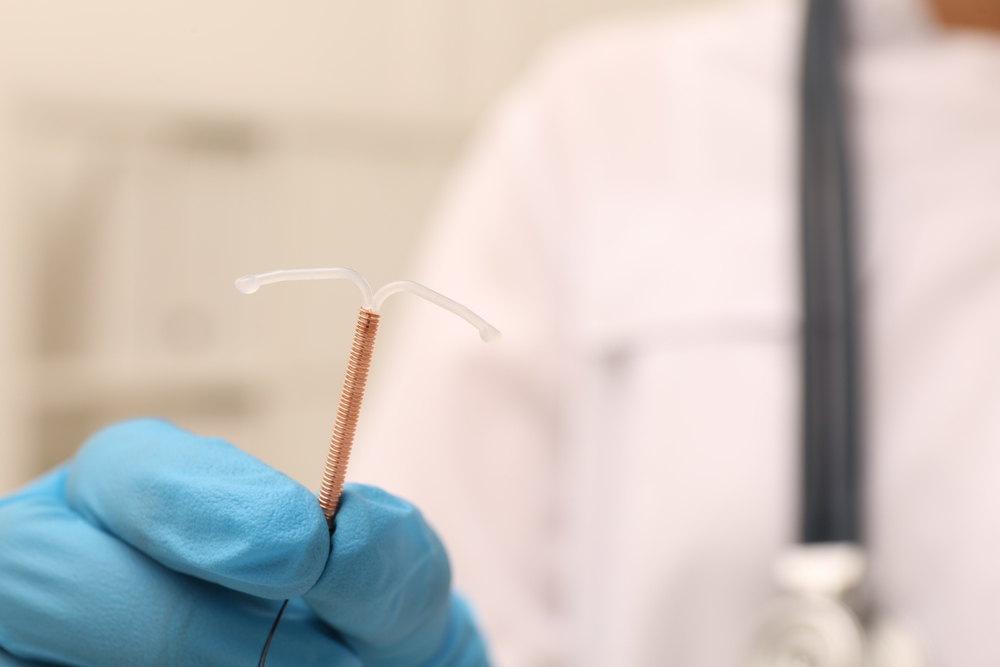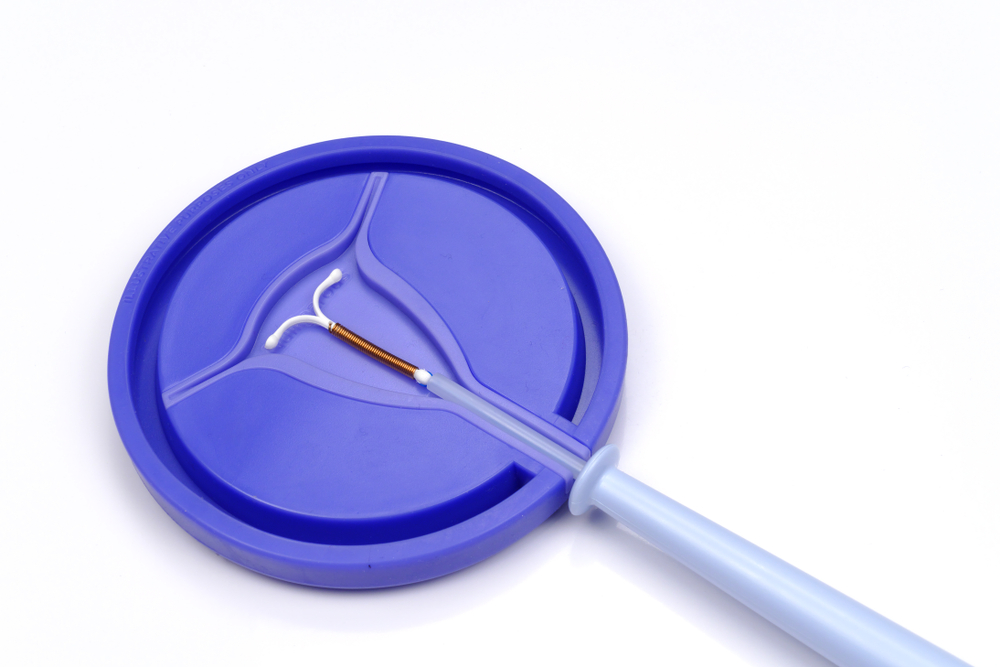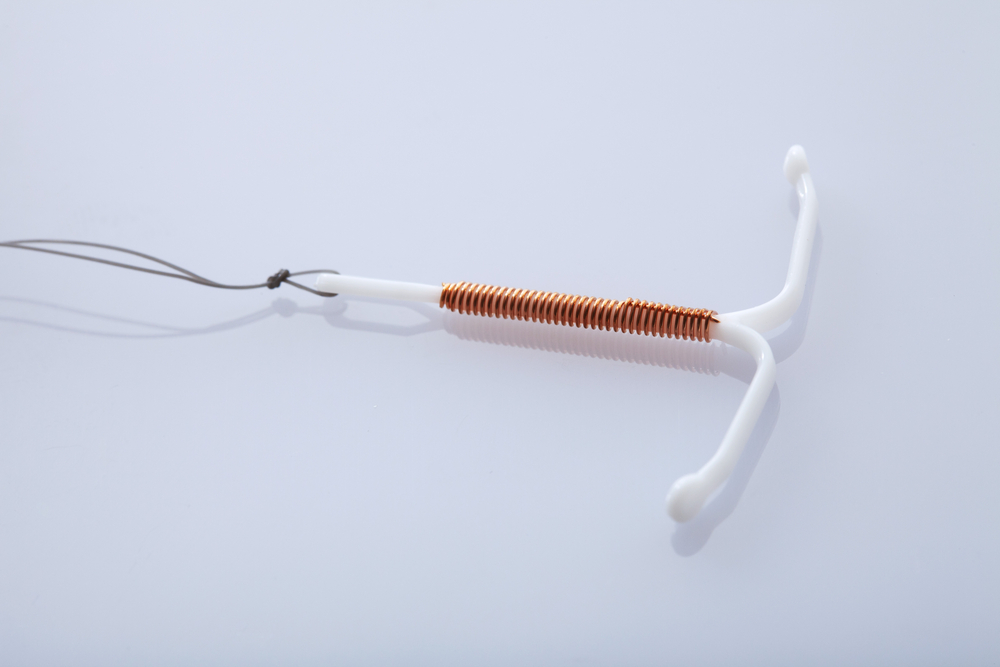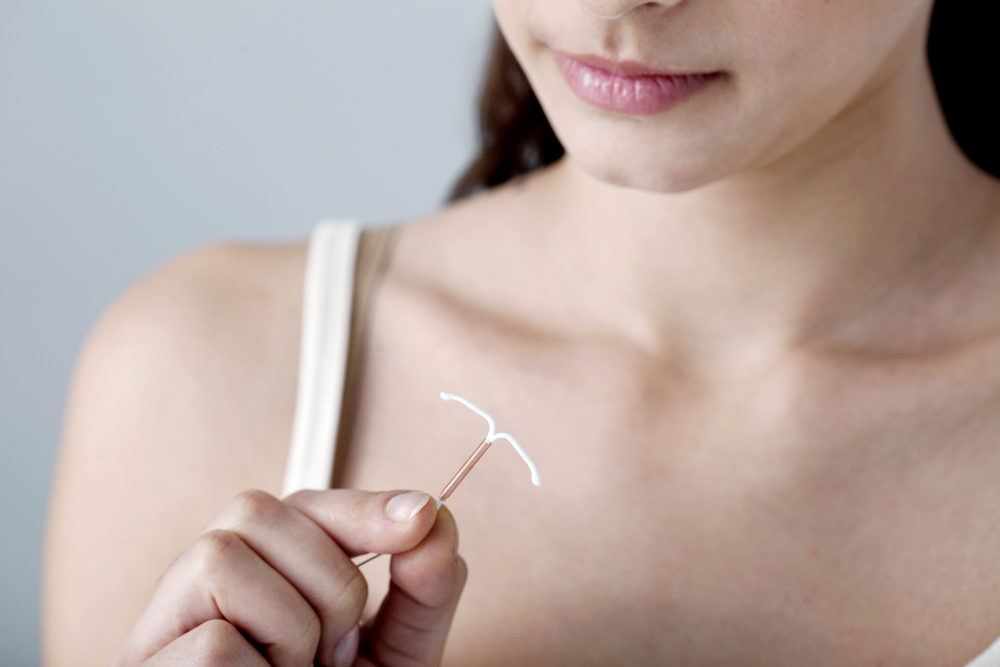Paragard IUD Breakages Continue Even After 2022 FDA Warning
A new investigation has found that the U.S. Food and Drug Administration (FDA) raised concerns about Paragard IUD breakages in 2022 after inspecting the facility where the IUD is manufactured. The FDA didn’t take public action against CooperSurgical and Teva Pharmaceuticals, and the company didn’t respond to the warning. The FDA received 1,231 reports of the IUD breaking last year, with 80% of those reports deemed serious, according to Spotlight on America. The revelation about the FDA’s report comes as CooperSurgical faces thousands of lawsuits from women whose Paragard IUDs broke inside of them, causing injuries that were severe in some cases. Many of the Paragard lawsuits have been consolidated into multidistrict litigation (MDL), and the same federal judge is handling them.
What Is The Paragard IUD?
Millions of women in the U.S. take some form of birth control. The Paragard IUD is a copper intrauterine device that’s hormone-free and over 99% effective at preventing pregnancy. It can last up to 12 years, and insertion only takes 5 to 10 minutes. Since its introduction in 1988, Paragard — which is smaller than a packet of sugar — has become one of the most popular contraceptive devices on the market. Non-hormonal contraceptives often have fewer side effects than their hormonal counterparts, so they’re advertised as an attractive option for women who are concerned about the potential impact of hormonal birth control. While the Paragard IUD has many purported benefits, it also has significant risks — some of which women may not be aware of when they choose it for birth control.
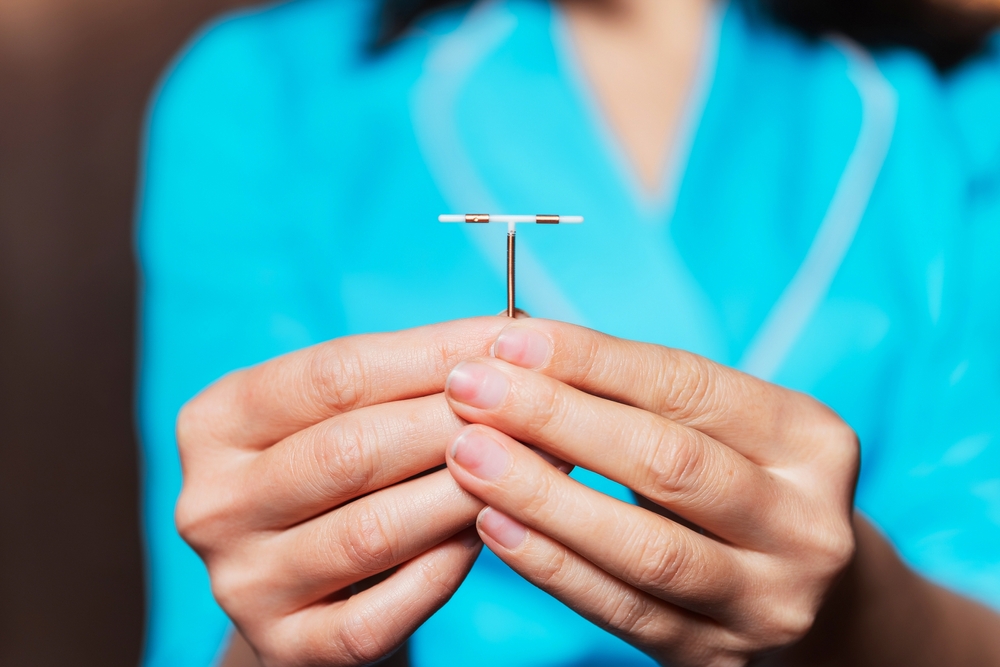
IUD removal is a procedure that’s usually straightforward. Some women even attempt removal at home without medical help. A doctor pulls the device’s string to get it out; sometimes, they use forceps. If things go well, the patient likely won’t have symptoms beyond bleeding and slight cramping. But sometimes, the IUD will break during removal, and pieces can become lodged in the uterus or cervix. Some estimates say this happens in 1% to 2% of removal procedures. One woman interviewed in the Spotlight on America investigation had Paragard IUD pieces migrate to her fallopian tubes and uterus after a removal procedure, which can cause serious fertility problems. She needed surgery to remove the device and opted for a hysterectomy because she didn’t want to risk IUD complications again.
Paragard IUD breakage can cause long-term, irreversible health issues. Infections, infertility, unintended pregnancy, and pelvic inflammatory disease are all potential side effects of Paragard IUD breakage. In the most severe instances, IUD breakage can lead to death — there are at least 15 reported cases of women dying after their IUDs broke inside of them. Patients may not realize that their IUDs have broken until they start to experience severe symptoms. If you suspect that your IUD is broken, the first thing you should do is contact your medical provider. They will perform an ultrasound to confirm the device has broken and discuss potential removal options with you. In many cases, the only way to remove a broken IUD piece is through surgery.
Paragard IUD Lawsuits
The FDA report found that CooperSurgical didn’t sufficiently investigate the breakage problem. “Even though individual complaints were investigated, your firm did not determine the root cause of this elevated trend of broken products,” the report says. It’s unclear how the manufacturer responded to the FDA report, but the breakage complaints have continued. The FDA warning could be helpful in a lawsuit because it demonstrates that CooperSurgical should have known that Paragard IUD damage was a systemic problem. In 2019, CooperSurgical updated the Paragard IUD label to add that “breakage of an embedded Paragard during non-surgical removal has been reported.” However, patients weren’t notified about the updated label, and many women don’t see the box the device comes in before it’s implanted.
The lawsuits against Paragard IUD manufacturers have a few commonalities. Most Paragard lawsuits accuse the device manufacturers of failing to warn consumers about the product’s risks adequately. Complaints also center around the claim that the IUD has a defective design and that the manufacturer acted negligently. In multidistrict litigation (MDL), the court selects a few cases to act as “bellwether trials” — these test trials help both sides assess future outcomes and can help guide settlement talks. The first trial date in the Paragard IUD MDL is slated for October 2024, but settlement agreements may be made before then.
If you’ve experienced injuries from Paragard IUD breakage, you should contact a lawyer who specializes in Paragard IUD cases as soon as possible. You may be eligible to receive compensation for your medical bills and other expenses incurred due to your injury — along with non-economic damages like pain and suffering and reduced quality of life. IUD removal should be a simple procedure, but breakage can make it a traumatic experience. There’s still time to seek legal action against the manufacturers who should have warned patients about the breakage risk.








